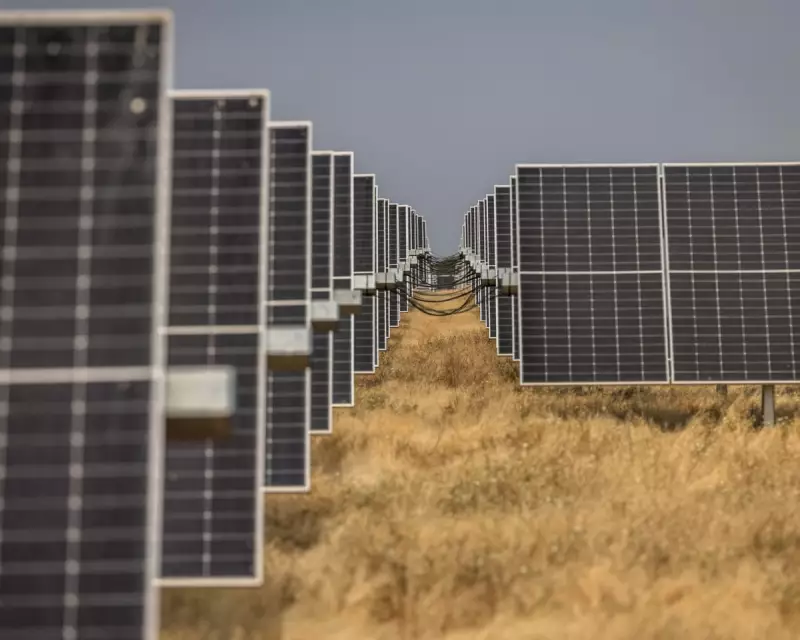
Across Spain, a quiet revolution is transforming how communities generate and consume electricity. What began as scattered local initiatives has blossomed into a nationwide movement of citizen-led renewable energy projects that are challenging traditional power structures.
The Rise of Citizen Energy Communities
Spain now boasts approximately 3,000 community energy projects operating nationwide, according to research by the Spanish Association of Renewable Energy Companies. This grassroots movement represents a fundamental shift in how Spaniards think about and access electricity.
The transformation began gaining momentum after Spain eliminated the controversial "sun tax" in 2018, which had previously penalised small-scale solar energy producers. Since then, communities have been rapidly developing their own renewable energy solutions, particularly solar installations.
In the northern region of Navarra, the Eunate Energy Community serves as a powerful example. Founded by local residents, this community-owned solar project now powers multiple households and has become a source of local pride. "We're proud to be pioneers," says one member, reflecting the sentiment driving these initiatives forward.
How Community Energy Projects Work
These citizen-led energy communities typically operate through collective ownership models where local residents pool resources to install renewable energy infrastructure. The most common approach involves solar panel installations on community buildings, with the generated electricity shared among participants.
Spain's regulatory framework now supports these initiatives through measures that allow for collective self-consumption. This means multiple households or businesses can benefit from a single renewable energy installation, making the technology accessible to people who might not have suitable roofs for individual solar panels.
The economic benefits extend beyond reduced electricity bills. Many projects reinvest profits into local community initiatives or fund additional renewable energy installations, creating a virtuous cycle of sustainable development.
Impact and Future Prospects
The environmental impact of Spain's community energy movement is substantial. By displacing fossil fuel-generated electricity with renewable sources, these projects are contributing significantly to Spain's carbon reduction targets while strengthening local energy security.
Perhaps more importantly, these initiatives are fostering a new relationship between citizens and their energy supply. Rather than being passive consumers, participants become active managers of their energy resources, creating what advocates call "energy democracy."
As one community energy organiser explained, "This isn't just about generating electricity. It's about reclaiming control over an essential service and building more resilient communities." The movement continues to gain momentum, with new projects launching regularly across different regions of Spain.
With approximately 3,000 projects already operational and more in development, Spain's community energy revolution demonstrates how citizen-led initiatives can drive meaningful change in the transition to renewable energy sources. The success of these projects offers valuable lessons for other nations seeking to accelerate their own clean energy transitions through grassroots participation.





